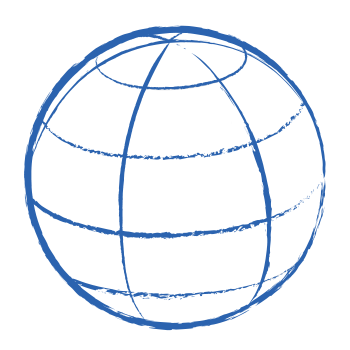General
Display Name – is used to identify the Map in the editor.
Scripting ID / Filename – is used to identify the Map through scripting.
Width/Height/Depth – sets the different dimensions of your Map in 32-pixel tiles. Any number you type in for Map dimensions will be multiplied by 32.
View – changes the camera view and affects how your Maps are displayed. In Action / RPG projects, the default view will be “Standard 45°”. In Platformer Game projects the default view will be “Front”. Other views include: “Top”, “Side”, “3D Isometric” and “3D Perspective”.
Process Map regardless of Focus – when ticked, objects inside the Map are processed even if the camera currently isn’t focussed on it.
Unload Map on Exit (Non-Persistent Map) – when ticked, this allows you to unload Maps once the player has left them. This is recommended for projects that do not need persistent Maps as it will help reduce RAM consumption.
Reverse X tile render – when ticked, tiles will be rendered from right to left (not often useful).
Reverse Y tile render (recommended) – when ticked, tiles will be rendered from front to back. For performance reasons, it is recommended that this is kept on; however, semi-transparent wall tiles will not render correctly when layered.
Reverse Z tile render (recommended) – when ticked, tiles will be rendered from bottom to top. For performance reasons, it is recommended that this is kept on; however, semi-transparent wall tiles will not render correctly when layered.
Boundaries
Map boundaries are used to prevent the player from crossing the edge of the Map. If a boundary is unticked, it means that the player can freely walk past the edge of the Map in that direction.
Left Connection – used to connect to another Map. If the player moves beyond the left edge of the selected Map then they will be taken to the Map specified here.
Up Connection – used to connect to another Map. If the player moves beyond the top edge of the selected Map then they will be taken to the Map specified here.
Right Connection – used to connect to another Map. If the player moves beyond the right edge of the selected Map then they will be taken to the Map specified here.
Down Connection – used to connect to another Map. If the player moves beyond the bottom edge of the selected Map then they will be taken to the Map specified here.
Triggers
-
Player enters – runs when the player first enters the Map.
Map Variables
This section allows you to manage the Map Variables for the Map.

